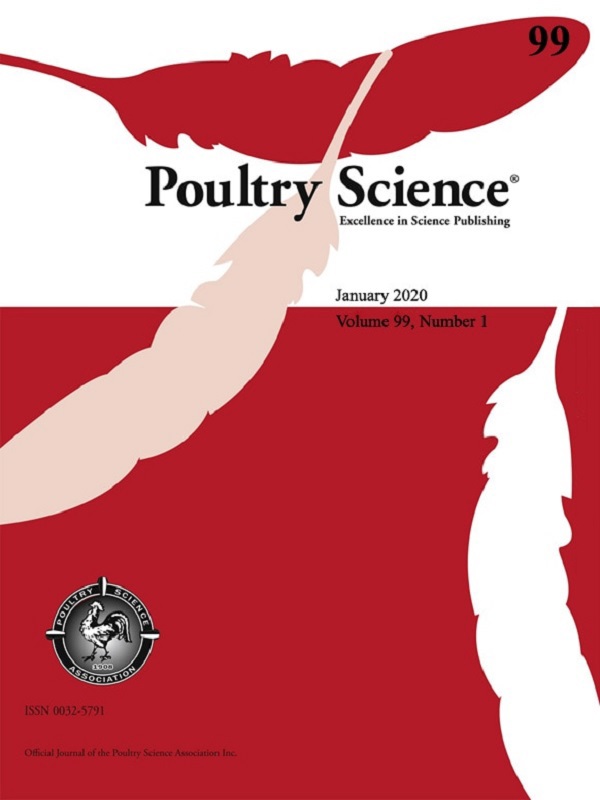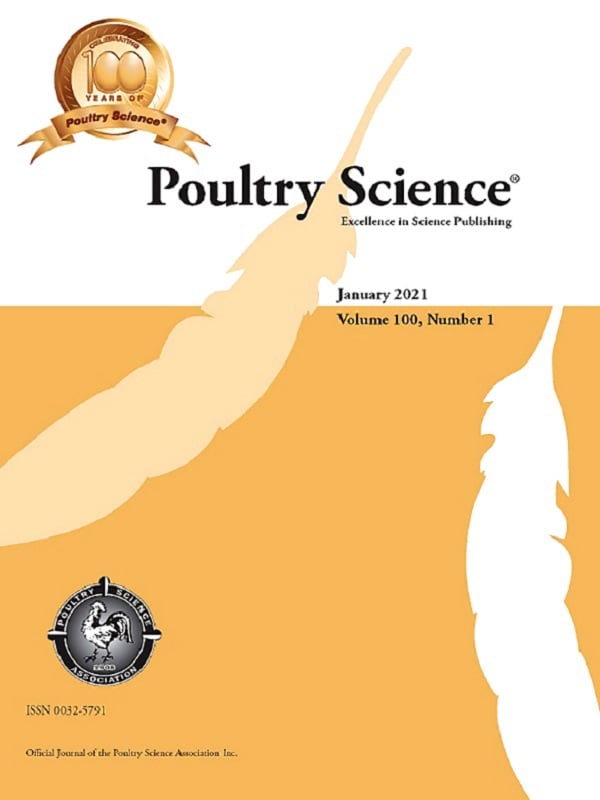
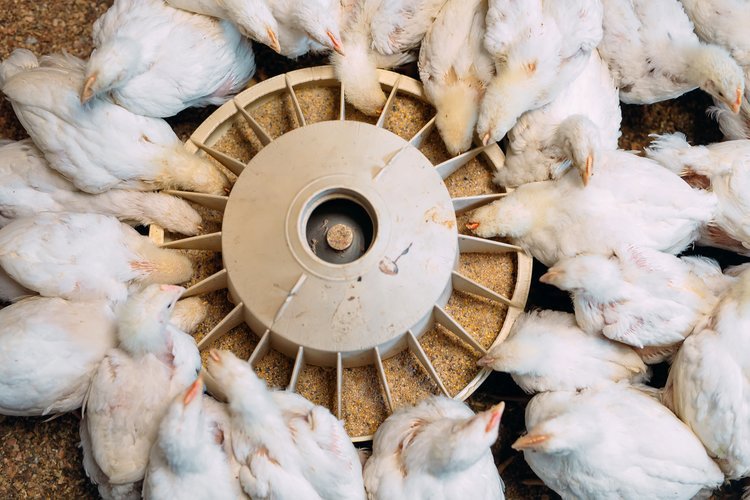
Broyler performansının iyileştirilmesi
Bir hayvan, sağlığını korurken verimli bir şekilde beslenebildiğinde, bu hem performansı hem de karlılığı olumlu yönde etkiler. Yem maliyetleri, bir Broyler yetiştiricisinin toplam maliyetinin büyük kısmını oluşturduğundan, büyümeye dönüşen optimum besin alımını sağlamak çok önemlidir. Diğer fizyolojik süreçler için besin kayıpları, üretim verimliliği üzerinde önemli bir etkiye sahiptir.
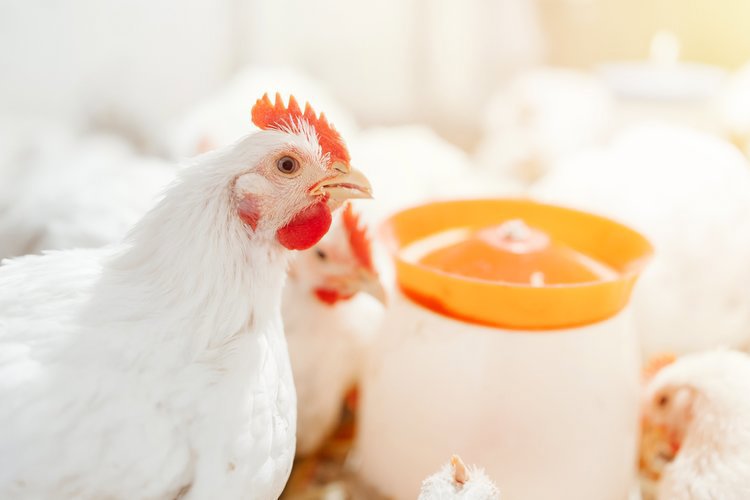
Broyler yem ve su yönetimi
Etlik piliçler için en önemli besin sudur. Yemin besin kalitesi, güvenliği ve formülü, sağlıklı ve düzenli yem alımının sağlanmasında çok önemli bir rol oynar. Etlik piliçler yedikleri yemin iki katı fazla su tükettiğinden, suyun mikrobiyal ve kimyasal kalitesi önemlidir. Su, termoregülasyonda ve ilaç, takviye vb. gibi katkı maddelerinin uygulamasında taşıyıcı olarak kilit bir faktördür.
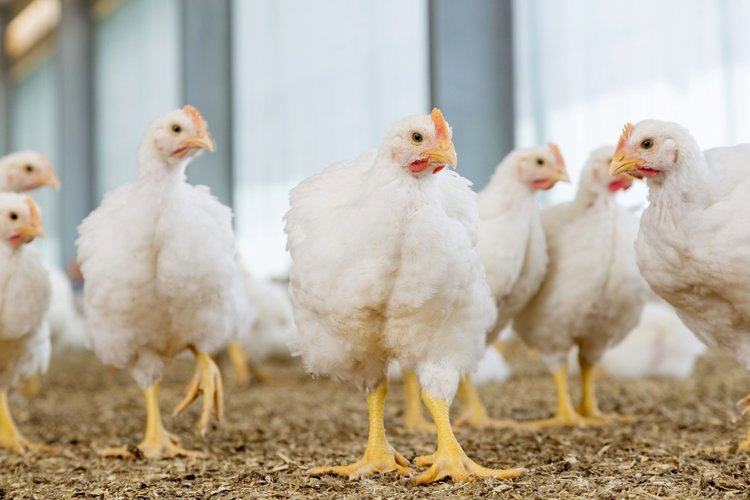
Piliçlerde antimikrobiyal direnç
Antibiyotik kullanımının sınırlandırılması, antibiyotiklerin broyler ve insan sağlığını desteklemek için gerekli olduğu durumlarda etkin kalmalarını sağlar. Bu konunun önemi; ilişkili riskler konusunda artan farkındalığın bir sonucu olarak, antibiyotik içermeyen üretime talebin artmasıyla daha da pekişmektedir.
Bizimle iletişime geçin
Daha fazla bilgiye mi ihtiyacınız var? Size yardımcı olmaktan mutluluk duyacağız.



